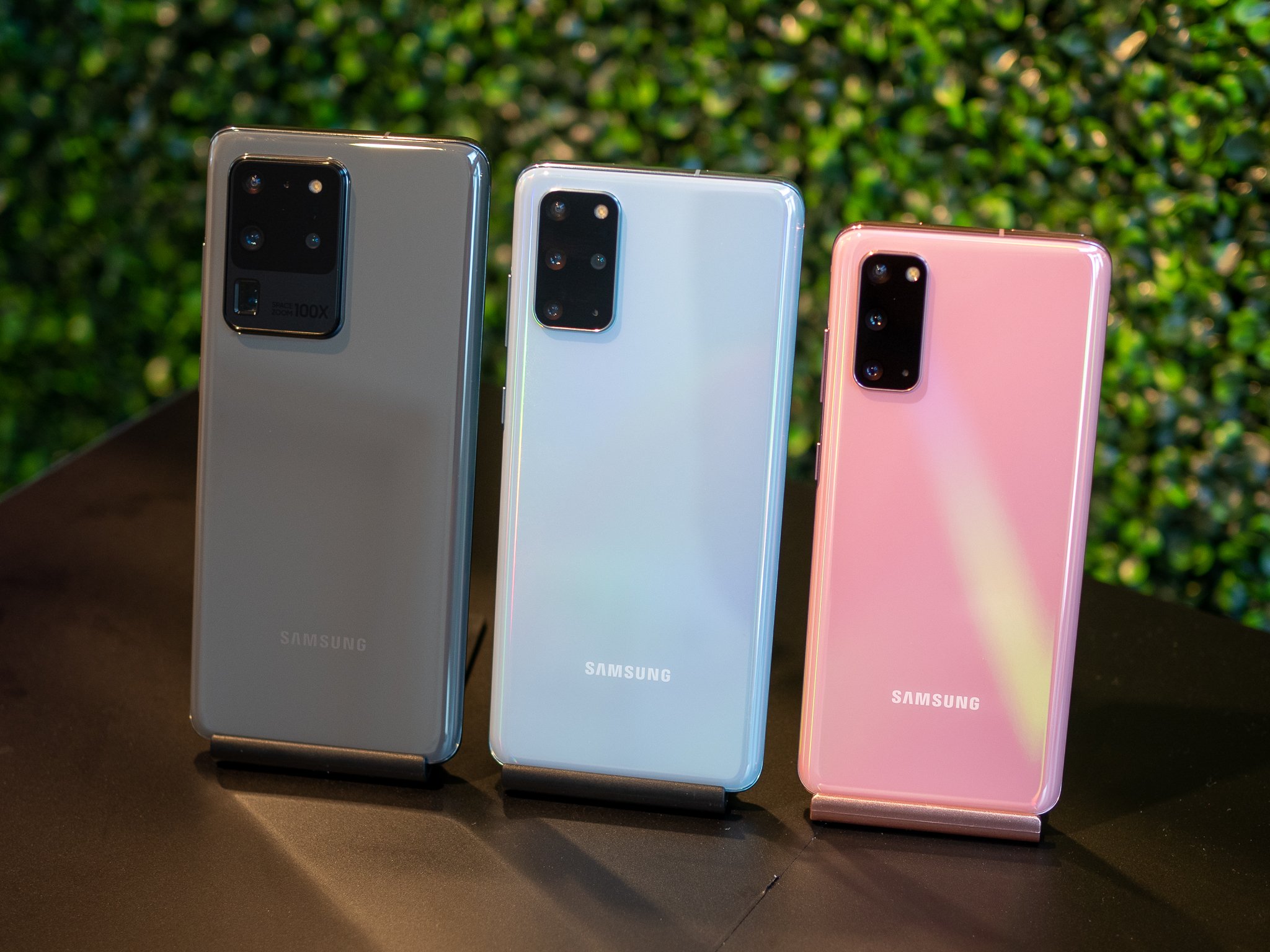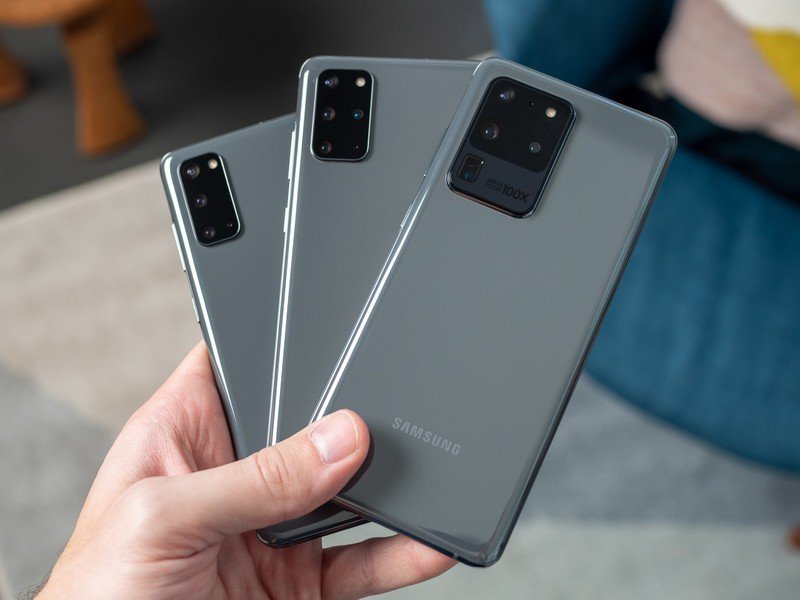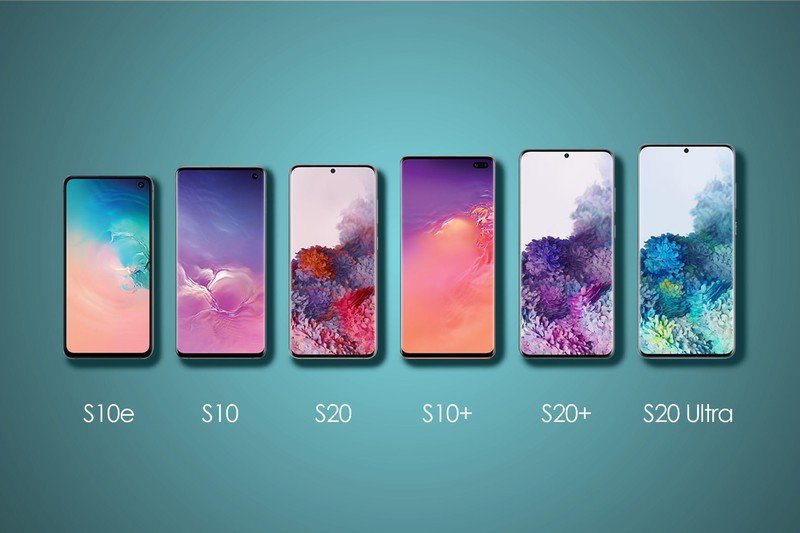The Galaxy S20 series is now on sale — here's how to pick the right phone

The Galaxy S20 series is now up on sale in the U.S.. Like previous years, Samsung is offering great trade-in offers: if you're rocking an S10 or S10+, you can get an instant $600 off on any model in the S20 series. Samsung is offering the same $600 trade-in value for the Pixel 4 and Pixel 4 XL, and you get $700 off your purchase if you're trading in your Note 10 or Note 10+.
With three models to choose from — the Galaxy S20, S20+, and S20 Ultra — there's plenty of choice this year. We've rounded up all the differences so you can make an informed decision. Read on to know all about the S20 series, and how you can get your hands on Samsung's latest flagships.
The S20, S20+, and S20 Ultra share the same core features: all three phones have 120Hz displays, and are powered by Qualcomm's latest Snapdragon 865 chipset and offer 5G connectivity. You also get expandable storage as standard on all models, wireless charging, and water resistance. All three phones feature 12GB of RAM and are available in 128GB/512GB storage options, and you can pick up the S20 Ultra with an incredible 16GB of RAM should you wish to do so.

The S20 isn't exactly affordable with a starting price of $1,000, it is the lesser phone of the trio. It has a 6.2-inch display, a 12MP primary camera joined by a 64MP zoom lens with 3x optical zoom and a 12MP wide-angle lens, and a decent 4000mAh battery. It doesn't connect to mmWave 5G networks, but then again, it is the S20 version that is the most affordable and the most compact. I've been using the phone for just over two weeks, and the size is perfect.
In the middle is the S20+, which will set you back $1,200. You're getting a larger 6.7-inch display, a time-of-flight camera sensor, larger 4500mAh battery, and 5G connectivity on both Sub-6 and mmWave bands in the U.S.
Samsung Galaxy S20 vs. S20+: Which should you buy?
The S20 Ultra includes all the latest features, but it comes at a price. The S20 Ultra starts at an eye-watering $1,400, but you get an insane 108MP primary camera and a 48MP zoom lens that has 10x optical and 100x hybrid zoom.
Be an expert in 5 minutes
Get the latest news from Android Central, your trusted companion in the world of Android
There's also a 12MP wide-angle lens and a time-of-flight sensor, just like the S20+. The S20 Ultra also has a massive 6.9-inch display, a 5000mAh battery with 45W charging (the S20+ is limited to 25W), and a 40MP camera at the front. You're paying a lot of money, but you're also getting a lot of phone.
Samsung Galaxy S20+ vs. S20 Ultra: Which should you buy?
Need to see just how big Samsung's latest flagships are against last year's phones? We have you covered:

If you need to compare the sizes of the S20 series to other flagships, head here. We've also compared how the Galaxy S20 series fares against other Android phones, including the likes of the OnePlus 7T Pro, Pixel 4 XL, and even the iPhone 11 Pro Max.
There are four colors to choose from this year: Cloud Blue, Cloud Pink, Cosmic Grey, and Cosmic Black. Cloud Blue and Cloud Pink have a pastel look that makes them stand out, and Cosmic Grey and Cosmic Black are the colors to get if you want a cleaner design.
The generous trade-in value combined with all the new tech on offer makes the S20 series that much more enticing, and if you're ready to switch to a new phone, the Galaxy S20 is the obvious pick.

Three great options to choose from
Choosing between the S20, S20+, and S20 Ultra comes down to a matter of preference. All three devices offer a 120Hz display, the latest hardware, and 5G connectivity. The S20 is the ideal choice if you want a compact phone; the S20+ is the obvious pick if you need a large screen, and you should get the S20 Ultra if you want to try out that insane 108MP camera and 100x zoom.

Harish Jonnalagadda is Android Central's Senior Editor overseeing mobile coverage. In his current role, he leads the site's coverage of Chinese phone brands, networking products, and AV gear. He has been testing phones for over a decade, and has extensive experience in mobile hardware and the global semiconductor industry. Contact him on Twitter at @chunkynerd.
